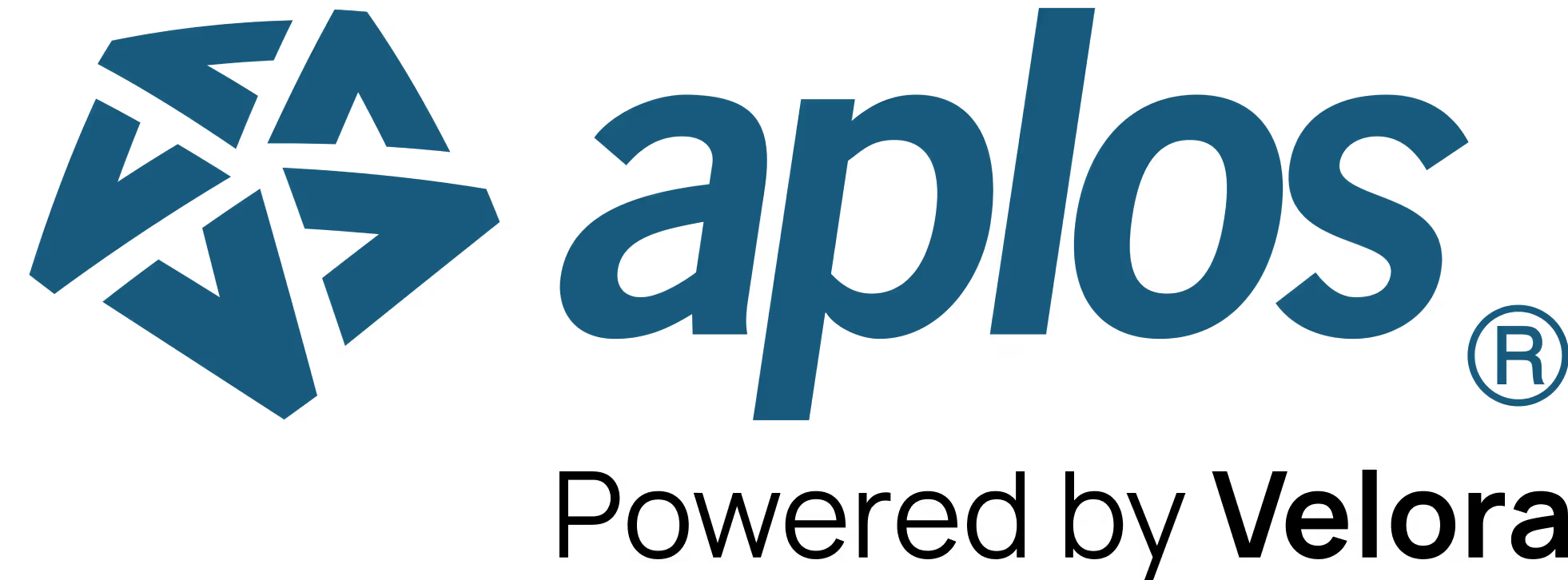
Nonprofits and other organizations are always looking for new ways to cultivate relationships with their donors, but they often don’t know where to start. In this article, we’ll explore the most important elements of building and maintaining strong donor relations.
See why over 40,000 nonprofit organizations trust Aplos for their donor management and accounting needs. Try Aplos free for 15 days.
How Does Donor Stewardship Differ From Donor Relations?
The term donor relations covers the proactive, outward-facing interactions between an organization and its donors. It involves building relationships with potential donors and keeping them informed about the work of the organization.
Donor stewardship, on the other hand, involves acknowledging and thanking donors for their gifts. It’s about showing donors how their gifts are making a difference. Therefore, stewardship is a part of your broader donor retention and donor relations strategy.
Donor Relationship Management: A Process, Not a Project
Sadly, many organizations treat donor relations as a project. They put all their eggs in one basket, so to speak, and then when the project is over, they move on to the next thing. But cultivating donor relations is not a project; it’s a process. And if you want to be successful in building and maintaining strong donor relations, you need to respect the process.
The first step in establishing a process is to set up a system for tracking your donors. There are all kinds of affordable donor management software options available that make this process incredibly easy. Or, if you’re not quite ready for that level of sophistication, you can use a spreadsheet. The important thing is that you have some way of trackings your donors’ contact information, giving history, and interactions with your organization.
Once you have a system in place, you need to start thinking about how you’re going to cultivate relationships with your donors. How often will you reach out to them? What sort of communications will you send? What kind of events will you invite them to? Let’s look at the five components of successful donor relationship management, starting with donor segmentation and concluding with donor recognition.

The Five Parts of Powerful Donor Relations
Boosting donor retention rates is all about forging strong donor relationships from the start. To retain donors, ongoing donor appreciation is crucial, and showing past results is a powerful way to invite new donors to participate. Here are the five components of donor relations that will help you increase your donorship and expand your mission.
1. Meeting the Right Donors
The first step in building strong donor relations is to identify your ideal donors. Not all donors are created equal, and you want to focus a large part of your efforts on the major donors who are the best fit for your organization. To do this, you need to segment donors by category and demographics. What are their interests? What motivates them to give? Once you have a good understanding of your ideal donor, you can start to look for them.
There are a number of ways to find potential donors. You can use social media, search engines, or lead-finding services. You can also ask your current donors for referrals. Once you’ve identified some potential donors, it’s time to start reaching out to them.
2. Making an Impression
The next step is to make a good impression. First impressions are important, so you want to be sure that your organization comes across as professional and competent. You also want to make sure you’re clear about what you do and why it matters.
Once you’ve made a good first impression, it’s time to start building a relationship with the donor. This is where regular communication comes in. You want to keep the donor informed about your work and how their gifts are making a difference, but you also want to make sure you’re not bombarding them with too much information. A good rule of thumb is to communicate with donors no more than once a month.
3. Asking for the Gift
At some point, you’re going to need to ask your donors for a gift, and when you do, it’s important to remember that donors are not ATMs. You shouldn’t just ask for money; you should also explain how the donation will be used and what impact it will have.
When asking for a gift, it’s also important to be specific. Don’t just say you need money; tell the donor exactly how much you need and what you plan to use it for. This will show the donor that you’re serious about your work and have a clear plan for how their money will be used.
4. Closing the Deal
Once you’ve asked for a gift, it’s time to close the deal. Many people are naturally hesitant about giving money, so you need to be sure that you’re prepared to answer any questions or concerns they might have. You also need to be clear about what you’ll do with the donation and how it will help your organization achieve its goals.
If the donor has any hesitations, address them, and if they’re still not sure, you can ask them to make a commitment to give a smaller amount of money over a period of time. This will show the donor you’re serious about your work and confident in your ability to use their donation effectively.
5. Showing Appreciation
The final step in building strong donor relations is to show your appreciation. Donors are more likely to give again if they feel appreciated, so it’s important to show them how much you value their support.
There are a number of ways to show appreciation, but the most important thing is to be sincere. Thank the donor for their gift, and let them know how much it means to you and your organization. Also, be sure to keep them updated on how their donation is being used and the impact it’s having. Your annual report should reflect how existing donors have made an impact on your organization and its accomplishments.
Tools to Cultivate Donor Relationships
As we’ve established, healthy donor relations are an integral part of any successful nonprofit organization. Like any relationship, they require care and attention in order to flourish.
Fortunately, there is software that makes it easy to give donor relationships the time, support, and nurturing they need to succeed. Aplos has created a donor management solution that is specifically designed to address the unique needs of nonprofits.
Free Recorded Webinar: How to Attract Monthly Donors
Building and maintaining a monthly donor program takes planning, time, and effort. During this webinar, we will explore how to attract donors for your nonprofit by creating and building a strong monthly donor campaign. We also:
- Look at starting and building a monthly donation program
- Share monthly donation campaign ideas
- Explore some best practices from organizations that have grown their monthly donation programs
- Share tips for how to attract and sustain your monthly donors

Our comprehensive closeout services start at $399 per month that needs to be reconciled. Sign up before Jan 1st and pay just $199.50 per month!
Copyright © 2025 Aplos Software, LLC. All rights reserved.
Aplos partners with Stripe Payments Company for money transmission services and account services with funds held at Fifth Third Bank N.A., Member FDIC.
Copyright © 2024 Aplos Software, LLC. All rights reserved.
Aplos partners with Stripe Payments Company for money transmission services and account services with funds held at Fifth Third Bank N.A., Member FDIC.



.png)



